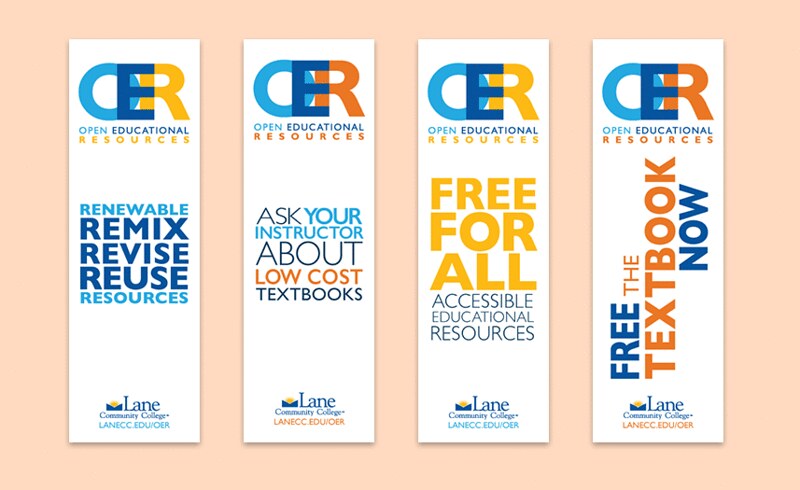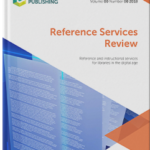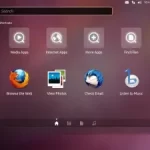 Open Educational Resources (OER) are educational materials that are free for anyone to use. We most often are referring to textbooks, but they can also be videos, tests, software, or even full courses.
Open Educational Resources (OER) are educational materials that are free for anyone to use. We most often are referring to textbooks, but they can also be videos, tests, software, or even full courses.
Crucially, they are not copyrighted like most publications but instead are released under a license (most often Creative Commons) that allows others to not only access the work for free but also contribute to and repurpose it in a variety of ways.
OER have become a major part of the higher education landscape due to skyrocketing textbook costs that have greatly outpaced the rate of inflation, other consumer products and even other types of books. College textbook prices rose 82% in just one decade, approximately triple the rate of inflation in overall consumer prices (27%).
Another study showed that from 1998 to 2016, the Consumer Price Index for all items increased 48%, but the CPI for college textbooks increased by 181% (and the CPI for recreational books decreased by 4.2%), meaning that in real terms, “college textbook prices have increased by 90% while recreational book prices have fallen by more than 35%.”
Additionally, studies have shown that a large percentage of students (one put the figure at 65% (Sparc), another 7 of 10) report not purchasing a textbook because of high prices. And 44% said they took fewer classes and 24% dropped out of an enrolled course because of textbook costs.
Although much great work has been done to foster the creation of OER materials, significant barriers remain to larger-scale adoption.
I believe some of these barriers to adoption of OER can be significantly aided by Generative Artificial Intelligence, although valid concerns about the reliability of AI-generated content necessitate a careful and specific approach.
First, I certainly don’t propose that anyone set ChatGPT loose to create an OER on its own (or even as the primary author of a first draft right off the bat), but here are a couple ideas for how AI could help.
Creating Ancillary Materials: One of the biggest challenges with OER is that ancillary materials to accompany the actual text, like corresponding Powerpoints, banks of test questions, and the like, are often lacking or nonexistent. These supplementary materials are a huge part of the sales pitch for commercial textbooks and is enough to tilt many faculty away from OER when they might otherwise be interested in adopting.
But ChatGPT 4 (and other AI tools) allows you to upload PDF content, and by uploading a PDF of an OER you can work with the AI to turn the text into these supplementary materials much faster.
Maintaining and Keeping OER Current: OER projects are often grant-funded at the time of creation, but there is often no continuing funding mechanism to incentivize their ongoing maintenance, including keeping the content up to date. The currency of OER is often a major barrier for many faculty to adopt OER texts.
AI could help with this if we upload an OER text and craft prompts that would review the content, identify areas that might need to be updated, and even draft suggested edits. (Early versions of Generative AI were hindered by a hard cutoff date, but newer tools will be able to stay current and also incorporate the open web.) Then a faculty author would go through and look at those sections to determine how best to make the suggested changes.
Compiling and Customizing Content: In many cases the time commitment to creating an OER textbook can be too much for many busy faculty members, especially at institutions like my community college. Additionally, OER are lacking in many more niche and technical fields that haven’t benefitted as much from the larger grand-funded projects that tended to focus on general education and introductory-level courses in higher-enrollment fields.
To help with this, AI could also help with the creation of the OER texts, not in terms of starting from scratch and writing the entire thing, but more in terms of repurposing and repackaging content that faculty may already have created or can easily find and vet themselves.
Say, for example, you dump in a variety of course and lecture notes you’ve created for the course, and supplement that with the text of some trustworthy online websites related to the same course topics (which would either agree to participate or have already released their content under a CC license).
Then you could have the AI tool take all of the knowledge contained in that collection of information and rewrite it in the style of a college textbook. Some very specific prompting patterns would be needed to keep the work organized, as well as lots of human work to further edit, add to, and restructure afterward, but it still has the potential to be a big time-saver.
The much-publicized examples of AI tools “hallucinating” or making things up happen most often when it is asked questions and supplies answers using its vast but opaque training data. On the other hand, directly giving it a fixed collection of information and asking it to do something with that content is where you start to see its fantastic potential, with far less of a credibility problem.
This idea could be taken even farther with the capabilities of AI tools to create personalized learning experiences. New forms of OER texts could involve taking the base textbook and generating customized examples, case studies, or methods of explaining key concepts tailored to specific students. Think of, say, an English composition textbook with customized content that’s relevant for a student majoring in Nursing, and different content for a student who is going into the automotive program.
These ideas go beyond using AI as a time-saver for creating OER and start to suggest new forms that would be impractical or downright impossible to create otherwise.
Image Creation: Related to this is the possibility of using AI to help create images for OER texts and also helping with the formatting and presentation. The availability of creative-commons or public domain licensed images that align with curricula and fit with an OER book is often lacking, and many AI image generators can supply a wealth of visual content. Similarly, for faculty without the benefit of a full-time graphics and design person to help create their OER textbooks, AI has the potential to take a book draft in a word document or other file and help transform it into a slick, attractive-looking document with all the bells-and-whistles you’d expect from a “real” textbook.
There is much research being done about how OER and AI can work together. Some of it touches on these ideas, while others focus on themes like cataloging and making the vast libraries of OER more discoverable (another problem due to the myriad of repositories and lack of any central control). It will certainly be an interesting space to watch moving forward.




Leave a Reply